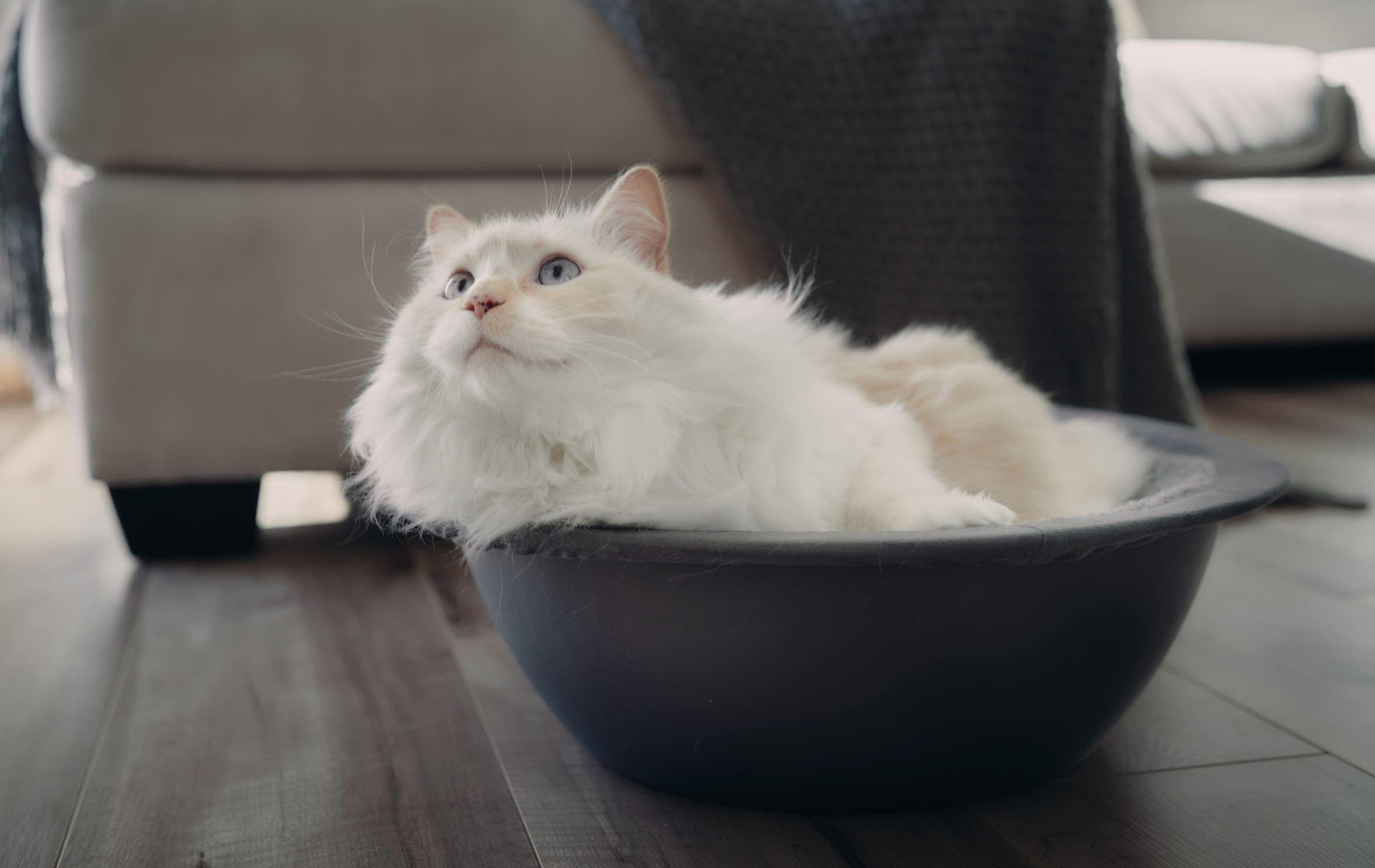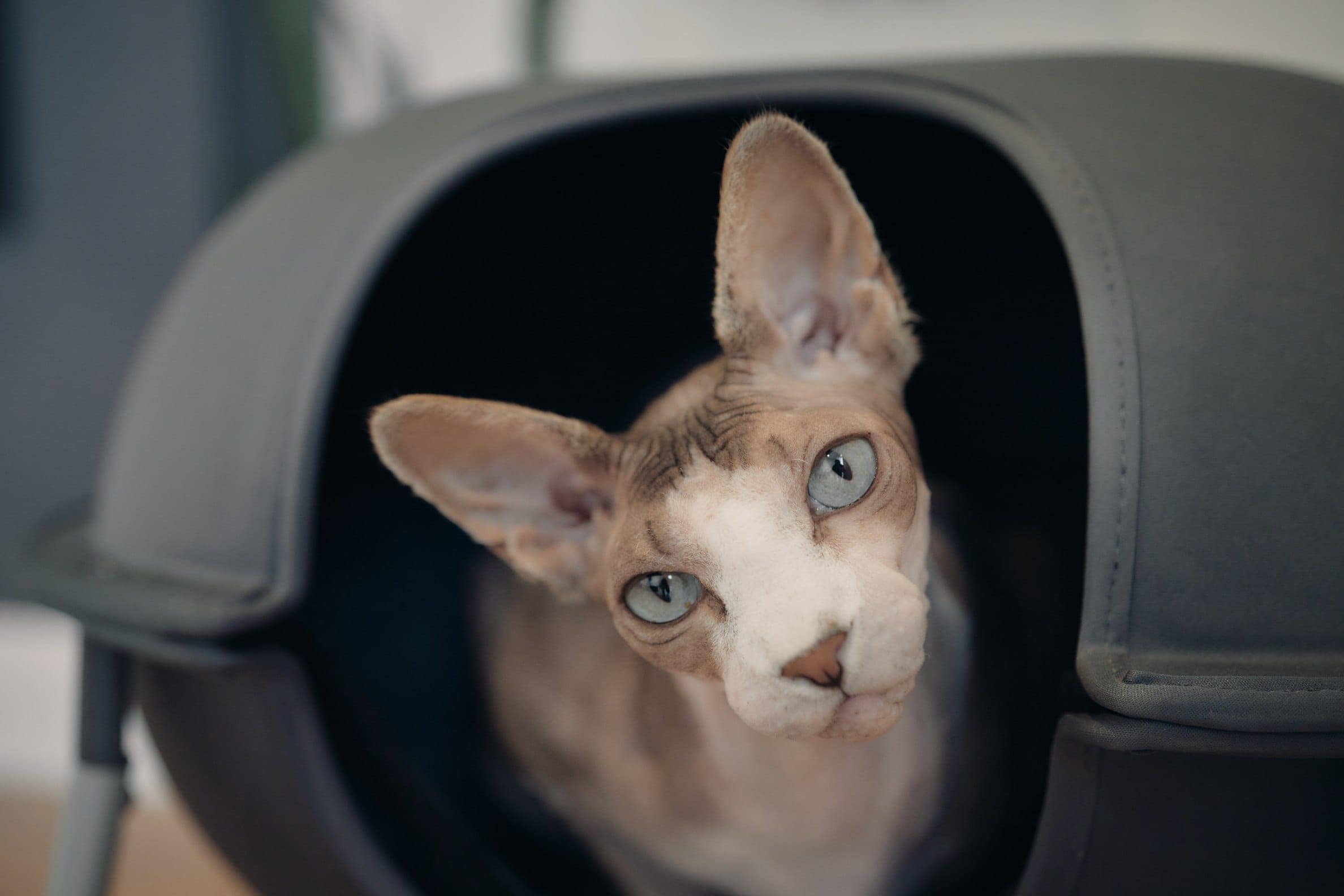9 Tonkinese Cat Health Problems: Vet-Reviewed Prevention & Treatment

Updated on
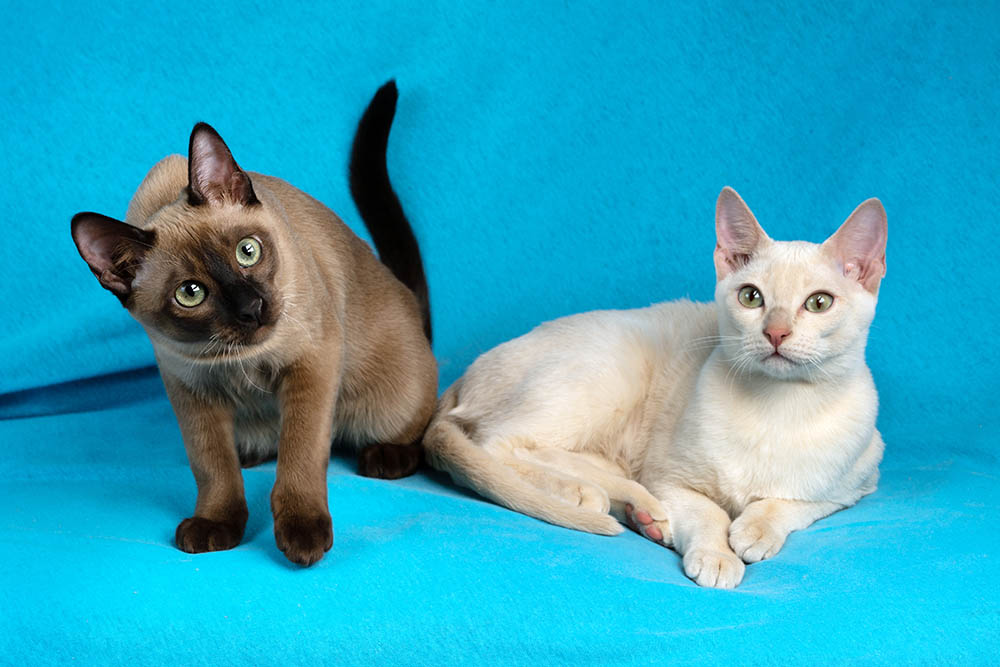
The Tonkinese cat is one of the friendliest cats you’ll ever meet. They love being around people and other animals and are always up for a good cuddle. They’re also beautiful with slender, graceful bodies and shiny coats in stunning colors like blue, champagne, and platinum.
They’re also a long-lived breed, with an average lifespan of 15–20 years. While they are generally healthy, there are a few health conditions to be aware of if you’re thinking of adding a Tonkinese cat to your family.
Keep reading for a closer look at the most common Tonkinese health problems and how to keep your kitty healthy and happy.
The 9 Common Health Issues of Tonkinese Cats
1. Hyperthyroidism
One of the most common health problems in Tonkinese cats is hyperthyroidism, which is caused by an overactive thyroid gland. A cat with hyperthyroidism may have increased appetite and weight loss, increased thirst, more frequent urination, vomiting, diarrhea, and restlessness.
If not treated, hyperthyroidism can lead to serious health problems like heart disease and kidney failure. Luckily, there are several treatment options available for Tonkinese cats with hyperthyroidism, including medication and surgery.
2. Subvalvular Aortic Stenosis
Tonkinese cats are also prone to a heart condition called subvalvular aortic stenosis, which is a narrowing of the valve that controls blood flow from the heart. Cats with this condition may have a heart murmur, exercise intolerance, and fainting spells.
If you notice any of these symptoms in your Tonkinese cat, take them to the vet for an evaluation. In some cases, subvalvular aortic stenosis can be managed with medication, but in severe cases, surgery may be necessary.
3. Hyperesthesia Syndrome
Hyperesthesia syndrome is a condition that causes Tonkinese cats to have abnormal skin sensations and contractions. This can lead to excessive grooming, which can in turn cause hair loss and open sores on the skin.
Hyperesthesia syndrome is a complex condition that can be difficult to diagnose, but treatment options are available and may include anti-anxiety medication and environmental enrichment.
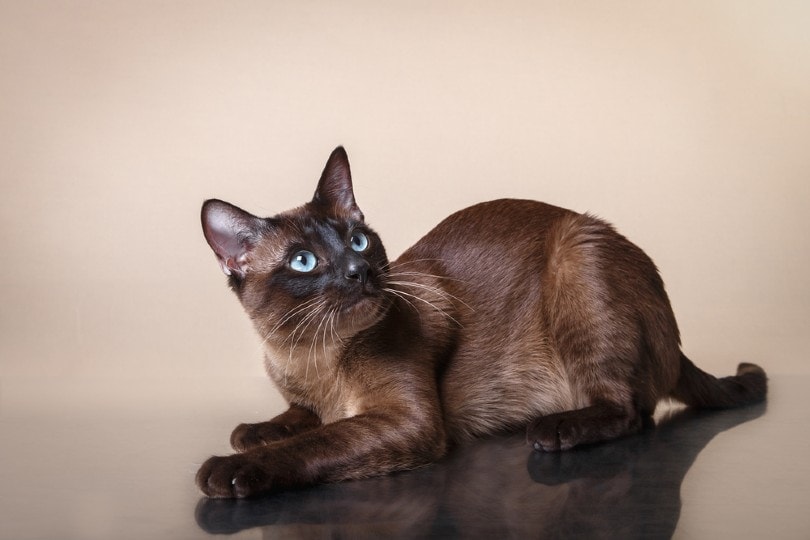
4. Progressive Retinal Atrophy
Some Tonkinese cats may also develop progressive retinal atrophy, which is a degenerative disease of the retina that eventually leads to blindness. There is no cure for progressive retinal atrophy.
Still, Tonkinese cats with the disease can learn to adapt and live full lives with the help of their owners. For example, providing a safe environment with few obstacles, and keeping mealtimes and litter box locations consistent can help a blind Tonkinese cat get around and enjoy a comfortable life.
5. Gum Diseas
Like all cats, Tonkinese cats are susceptible to mouth and gum disease. Several factors can contribute to the development of mouth and gum disease, including poor dental hygiene, diet, and genetics. Symptoms include bad breath, drooling, and difficulty eating.
Mouth and gum disease can be prevented with proper dental care, including regular brushing, and dental cleanings. Pay attention to your kitty’s diet, too. Make sure they get dry kibble in addition to wet food, as dry food helps keep teeth clean.
6. Feline Asthma
Tonkinese cats may develop feline asthma, a condition that causes difficulty breathing due to inflammation in the airways. Symptoms include wheezing, coughing, and difficulty breathing. If not treated, feline asthma can be life-threatening.
Luckily, feline asthma can be managed with medication and environmental control. For example, keeping your Tonkinese cat indoors and away from pollutants and allergens can help reduce symptoms.
7. Cystitis
Cystitis, or inflammation of the bladder, is a common condition in Tonkinese cats. This can be caused by stress, infection, or a diet high in magnesium. A cat with cystitis may have blood in their urine, urinate more frequently, or strain to urinate.
If you think your Tonkinese cat has cystitis, take them to the vet ASAP. It’s a painful condition that can be treated with medication, but if left untreated, it can lead to more serious problems like kidney disease.
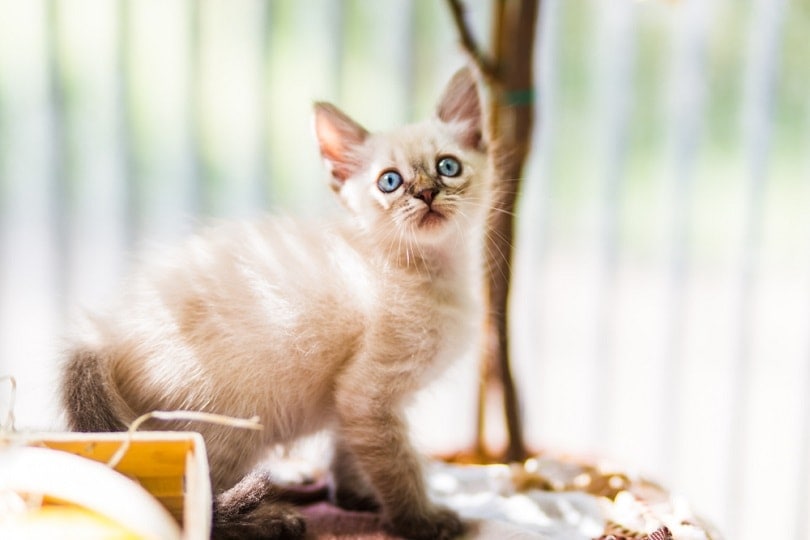
8. Amyloidosis
Tonkinese cats with amyloidosis develop abnormal deposits of a protein called amyloid in their organs. This can lead to organ failure and eventually death. A Tonkinese with this condition may start to lose weight, seem lethargic, and have a poor appetite seemingly out of the blue.
Unfortunately, there is no cure for amyloidosis, but your Tonkinese cat can still enjoy a good quality of life with the right treatment plan. This may include medication to control symptoms and regular vet check-ups to monitor the disease.
9. Crossed Eyes
Some Tonkinese cats are born with crossed eyes, a condition that occurs when the muscles that control the eye don’t develop properly. This can be cosmetic, or it can lead to vision problems. If your Tonkinese cat has crossed eyes, it may need to see a veterinary ophthalmologist for treatment.
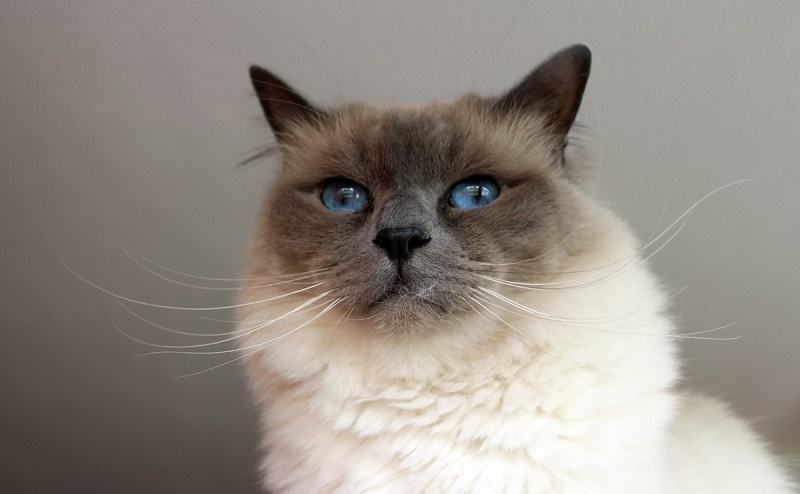
The 8 Easy Ways to Keep Your Tonkinese Cat Healthy
While you can’t protect your Tonkinese cat from every possible health problem, there are still a lot of things within your control. Here are a few tips on keeping your Tonkinese cat at the peak of health:
1. Schedule Regular Vet Check-Ups for Your Tonkinese
One of the best things you can do for your Tonkinese cat is to take them in for regular vet check-ups. This will help catch any problems early and give you the best chance for successful treatment.
For instance, some heart diseases can be detected with auscultation during a physical exam. Dental issues can be found during a routine physical exam, and other conditions like hyperthyroidism can be diagnosed with annual blood work. Aside from diagnosing problems early, your vet can also help you develop a preventative care plan for your Tonkinese cat.

2. Keep Up With Their Vaccinations
Tonkinese cats need to be vaccinated against common diseases like rabies, feline leukemia, and panleukopenia. Vaccinations are one of the simplest and most effective ways to protect your cat from disease. Stay on top of their boosters and make sure they’re up to date on all their shots.
3. Take Care of Your Cat’s Dental Health
Dental disease is one of the most common health problems in cats, and it’s also one of the easiest to prevent. Be sure to brush your Tonkinese cat’s teeth regularly and take them in for dental cleanings as needed. You can also put a few drops of cat-specific oral rinse in their water bowl to help keep their teeth clean. For a more fun way to clean their teeth, try giving them dental-specific cat treats.
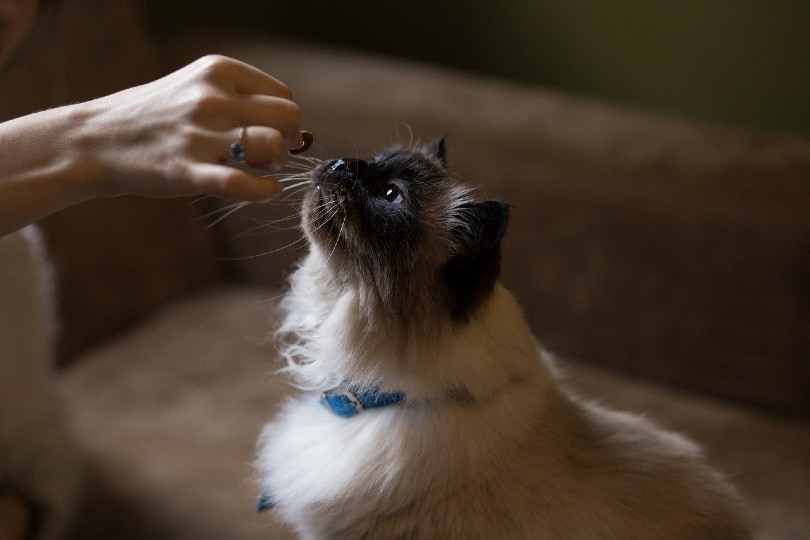
4. Keep Your Tonkinese at a Healthy Weight
Obesity is a major health problem in cats, and it can lead to a whole host of other issues like diabetes, arthritis, and respiratory problems. Tonkinese cats are particularly susceptible to obesity because their slender bodies make it hard to see when they’re carrying a few extra pounds.
When choosing food for your kitty, check the ingredients list to make sure it’s high in protein and low in carbohydrates. While cats do not require carbohydrates, they can healthfully and efficiently use carbohydrates for energy from their food.
As for treats, give them in moderation and opt for healthy options like freeze-dried chicken or tuna. Avoid giving them too many table scraps, as these are often high in fat and calories, too.
5. Keep Their Litter Box Clean
A dirty litter box can lead to a number of health problems for your Tonkinese cat, including respiratory infections, intestinal issues, and even urinary tract infections. Be sure to scoop their litter box every day and change the litter completely every week. If you have multiple cats, you may need to clean the litter box more often.
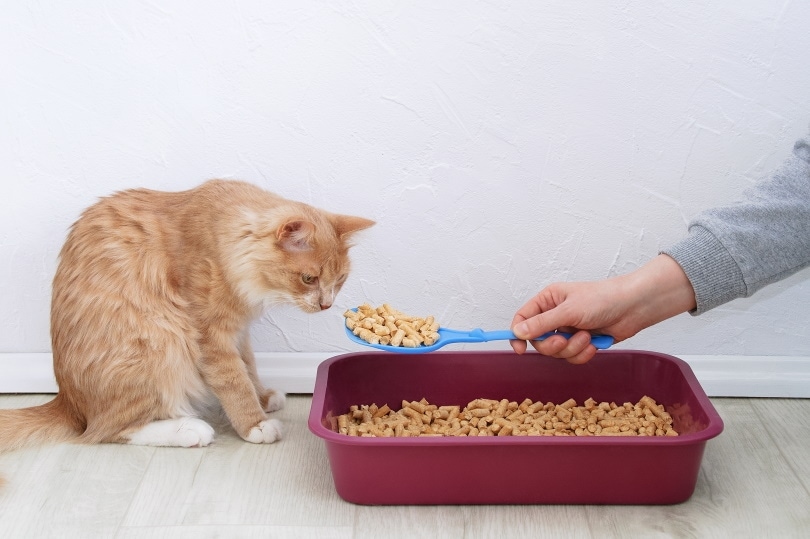
6. Give Them Plenty of Exercise and Playtime
This one shouldn’t be too hard because Tonkinese cats are notoriously playful and active. They love toys, chasing balls, and anything that gets them moving. Be sure to give them plenty of space to run and play, both inside and outside your home. If you have a solo Tonkinese and you’re not at home all the time, consider getting them a buddy to play with.
7. Keep Them Indoors
While Tonkinese cats love to run and play, it’s important to keep them indoors for their safety. Outdoor cats face a number of dangers, including cars, predators, and diseases. By keeping them indoors, you can help them avoid these dangers and live a long, healthy life.
8. Spay or Neuter Your Cat
Spaying or neutering your Tonkinese is a fantastic way to nip a number of health and behavioral problems in the bud. For instance, spaying helps prevent uterine cancer, while neutering prevents testicular cancer. The procedure also helps reduce aggression and roaming behaviors. All in all, it’s one of the best things you can do for your cat’s health.
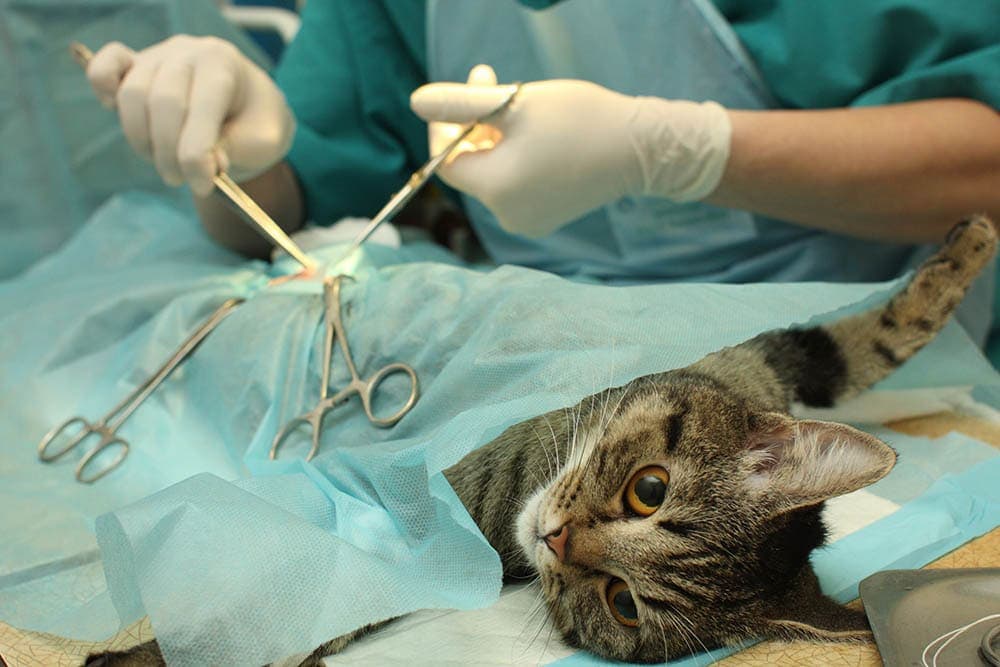
Conclusion
Tonkinese cats are an absolute joy to be around. Every single day spent with your Tonk is sure to be filled with laughter, play, and lots of love. In exchange, try to learn as much as you can about their unique health issues, needs, and all the ways you can help them live a long and happy life.
Featured Image Credit: Georgy Dzyura, Shutterstock



